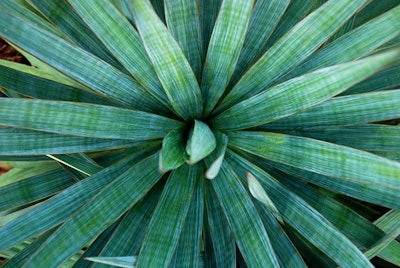
Extract from the yucca plant is an all-natural and environmentally friendly way that could help halt the growth of the Campylobacter bacteria on chicken skins during processing.
Campylobacter is one of the most common causes of foodborne illnesses worldwide. It can be difficult to treat, and many strains have become multi-drug resistant, concluded a recent report. Poultry meat and eggs are the biggest identified sources of Campylobacter infection.
Problems associated with current treatments
Organic acids, such as lactic citric acid and acetic acid, are used throughout the poultry industry to treat and prevent bacterial spread. However, these products are typically diluted before used, which can cause an issue when exposed to hydrophobic chicken skin.
“We propose the use of a processing aid to break the surface tension to allow the acid to decrease the bacterial load if the pathogen is present,” Dr. Armitra Jackson-Davis, with the Department of Food and Animal Sciences at Alabama Agricultural and Mechanical University, explained during a TechTalk session earlier this year at the 2020 International Production & Processing Expo (IPPE), in Atlanta, Georgia.
“The whole idea is to create an environment where we can make sure the acids we are using to control microorganisms are able to make contact with all parts of the poultry product.”
Enter yucca
Yucca is a type of perennial that is native to the southwest U.S. and Mexico. It is commonly used in the beverage industry and already approved for feeding animals.
Even better, yucca can help producers meet the growing consumer demand for all-natural and environmentally friendly products.
The experiment
Chicken skin was inoculated with five different strains of Campylobacter for a one-hour period. The researchers then dipped the chicken skin samples into mixtures of lactic citric acid, acetic acid, yucca extract or yucca extract combined with either lactic citric acid or acetic acid.
After microbial analysis, the experiment revealed that both forms of acid were more effective when combined with the yucca extract.
“The lactic citric acid at the 2.5% or 2.0% with the added yucca exhibited the largest reduction in populations in vitro in the tubes,” Jackson-Davis explained.
This was a benchtop study and additional research will be needed before these results can be applied to the farm, she cautioned. “We plan on building on these results with further experimentation on a larger scale.”
Like what you just read? Sign up now for free to receive the Poultry Future Newsletter.


















